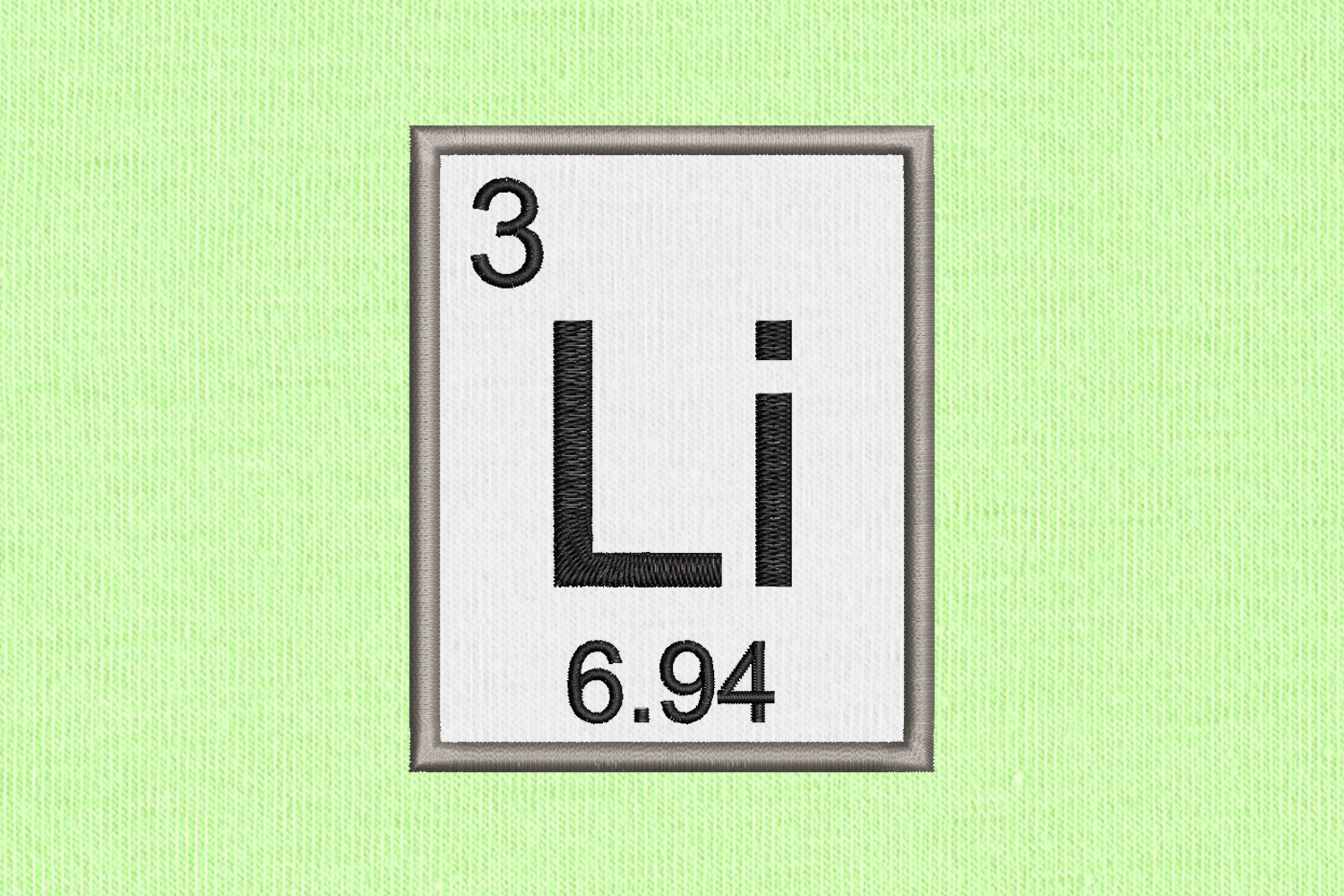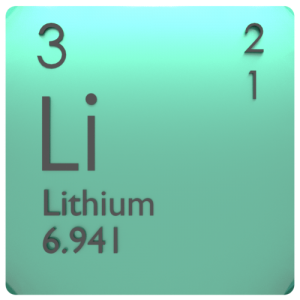

Inhalation risk: Evaporation at 20☌ is negligible a harmful concentration of airborne particles can, however, be reached quickly when dispersed.Ĭhemical dangers: Heating may cause violent combustion or explosion. Routes of exposure: The substance can be absorbed into the body by inhalation of its aerosol and by ingestion. Immediate administration of an appropriate spray, by a doctor or a person authorized by him/her, should be considered.

Rest and medical observation is therefore essential. The symptoms of lung oedema often do not become manifest until a few hours have passed and they are aggravated by physical effort.

Inhalation of the substance may cause lung oedema.
#Lithium periodic table skin
Weakness.Įffects of short-term exposure: The substance is corrosive to the eyes, the skin and the respiratory tract. Explosion: Risk of fire and explosion on contact with combustible substances and water. Gives off irritating or toxic fumes (or gases) in a fire. Many reactions may cause fire or explosion. Health effects of LithiumĮffects of exposure to Lithium: Fire: Flammable. The amount of lithium in plants varies widely, in some cases reaching 30 ppm. World production of lithium ores and brone salts in around 40.000 tonnes per yearand reserves are estimated to be around 7 million tonnes. Today, most commercial lithium is recovered from brine sources in Chile. In the United States lithium is recovered from brine pools in Nevada. This situates lithium below nickel, copper, and tungsten and over cerium and tin, referring to abundance. Like all alkali metals, lithium reacts easily in water and does not occur freely in nature due to its activity, Lithium is a moderately abundant element and its present in The Earth’s crust in 65 ppm (parts per million). Other important applications of lithium compounds are in pottery, specifically in porcelain glaze as an additive to extend the life and performance of alkaline storage batteries and in autogenous welding and brass welding.Īlloys of the metal with aluminium, cadmium, copper, and manganese are used to make high performance aircraft parts. The main industrial use of lithium is in lithium stearatum form, as lubricant grease’s thickener. The bromine and the lithium chloride both form concentrated brine, which have the property of absorbing the humidity in a wide interval of temperature these brines are used in the manufactured air conditioning systems. The carbonate can be used in the pottery industry and in medicine as an antidepressant. It’s a white powder the manufactured material is monohydrate lithium hydroxide. The main lithium compound is the lithium hydroxide. It also reacts with acetylenic compounds, forming lithium acetylures, which are important in vitamin A synthesis. Although it doesn’t react with parafinic hydrocarbons, it experiments addition reactions with alquenes substituted by arile and diene groups. It binds easily with halogens and forms halogenures with light emission. Lithium reacts directly with the carbon to produce the carbure. Metallic lithium’s reaction with water is extremely vigorous. It reacts easily with hydrogen at almost 500✬ (930✯) to form lithium hydride. It’s the only alkaline metal that reacts with nitrogen at ambient temperature to produce a black nitrure. It reacts with oxygen to form monoxide and peroxide. Lithium takes part in a huge number of reactions, with organic reactants as well as with inorganic reactants. Metallic lithium is soluble in short chain aliphatic amines, like etilamine. Many of its physical and chemical properties are more similar to those of the alkaline earth metals than to those of its own group.īetween the most significant properties of lithium we find its high specific heat (calorific capacity), the huge temperature interval in the liquid state, high termic conductivity, low viscosity and very low density. It’s the lightest solid metal, it’s soft, silvery-white, with a low melting point and reactive. In nature it’s found like a mixture of the isotopes Li 6 and Li 7. Lithium is the first of the alkalis in the periodic table. Lithium - Li Chemical properties of lithium - Health effects of Lithium - Environmental effects of Lithium


 0 kommentar(er)
0 kommentar(er)
